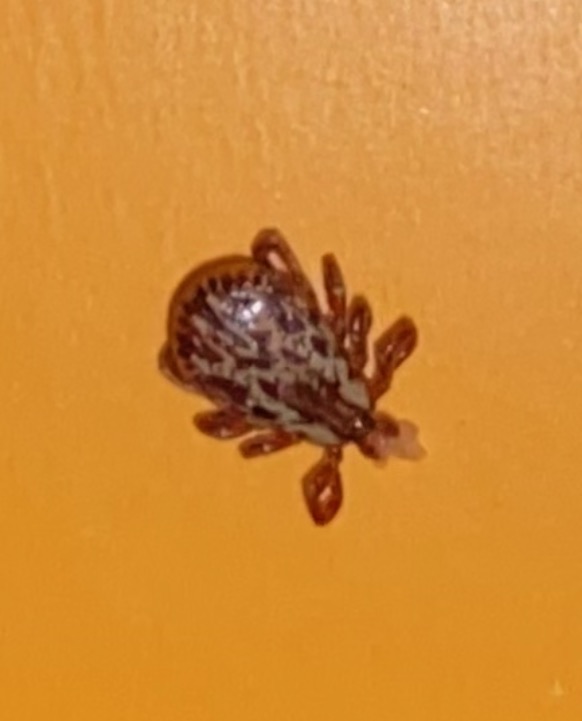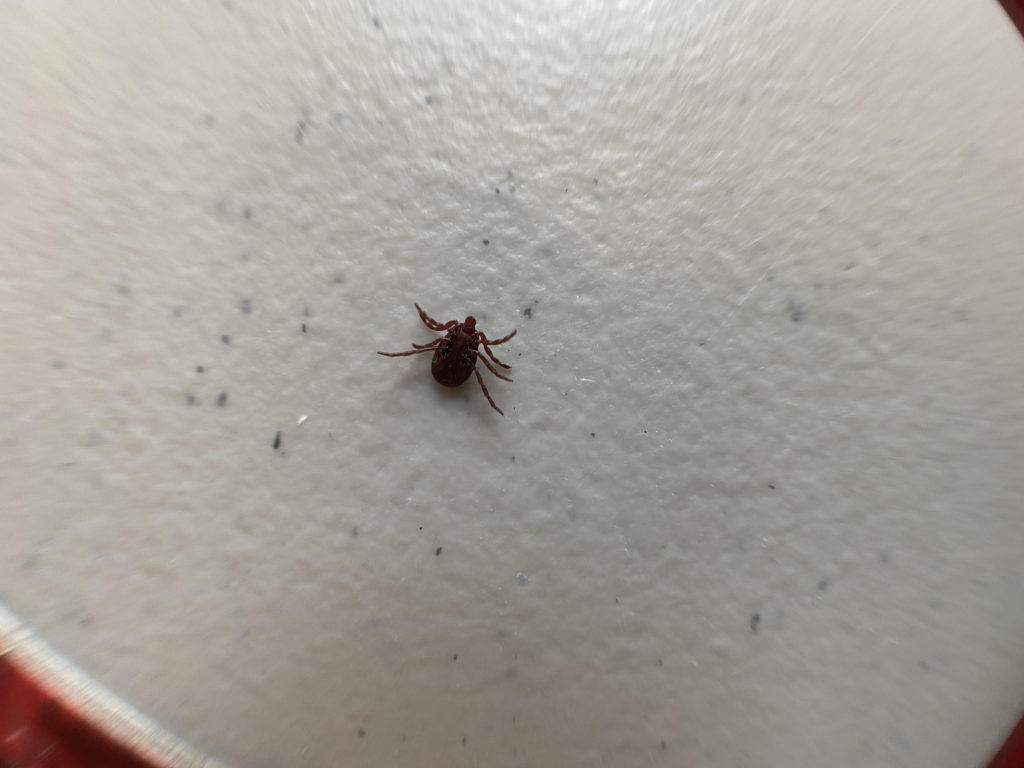I recently took a trip out west to climb the Grand Teton door to door in one day. This trip was all about timing. With 7,000 feet to cover from base to summit, we had to get the weather window right as well as all of the other performance elements. We summited by 2 pm but fell behind on a lackadaisical descent. As time ticks on in MN toward the fall and winter, what pest goes unnoticed that should stay fresh in our view?

Feeding Time for Ticks

- American Dog Ticks – Both the larval and nymphal stages can survive over a year in wait for a host. More concerning is the adult which can survive up to 3 years patiently awaiting a blood meal.
- Blacklegged Ticks – The larval stage of deer ticks needs to feed once before harsh fall or winter temperatures hit to survive, but the nymphs can be patient and either feed during their first year or live up to 2 years waiting for a host. Adults are looking for a host for the rest of the year during the fall.
- Brown Dog Ticks – Larvae can go 2/3 of a year without food or water. As nymphs, it is much shorter – about 3 months. The adults have the longest feeding window at a year and a half
- Lone Star Ticks – Larvae enjoy a 9 month window to find a host to feed them. As nymphs and adults, they can go over a year each.
- Rocky Mountain Wood Tick – Just under 4 months is the time window that ticks for the larva. Once they reach the nymph stage, their window opens up almost a year more for finding their meal. The adults have even longer around 600 days.

When we do the math, any time of year is tick-feeding time. It is important to remember to stay vigilant through the fall which gives them extra shelter and hiding places for finding us.
The Time Ticks Spend On Us
It is not just the time of year that is important when it comes to ticks. It is also the amount of time that a given tick spends on us that matters. Ticks are not able to bite immediately like a mosquito or horsefly. Ticks need time to burrow into our skin and embed. Even after they start feeding, the threat of disease isn’t always immediate. Considering all of this, frequently thorough checks for ticks are the ticket to avoiding diseases that ticks would love to share with us.

Stop The Tick Clock
Whether you are more concerned about yourself, children, or pets; keeping an eye out for ticks is the first and best step. Additionally, having regular inspections around your home and yard along with timely treatment for ticks will help reduce the risk of exposure. Fortunately for you, our commercial and residential service teams love to protect the public health that ticks threaten. Rove Pest Control‘s tick crew can help anywhere from identification of species and habitat to building the barriers to protect your home or business.